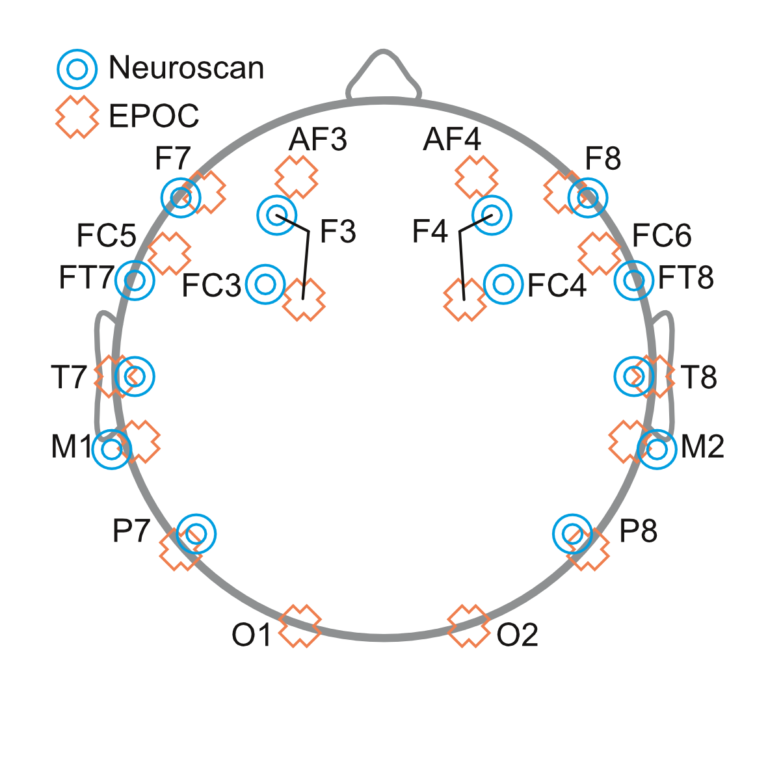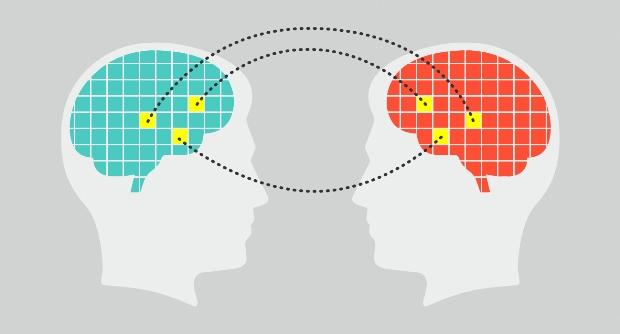

When this process does not work properly, mental illness can occur.

The science seems inconclusive on whether menstrual synchrony is a true phenomenon or just a belief that has reached the status of urban legend, making it commonly accepted as fact.During the binding process the neurotransmitter’s message is passed on. If you would like to conduct your own research about whether your period syncs up with coworkers, friends or rooms, you can use the Flo app to track your period and compare notes with the women closest to you. Because of this, there’s a lot of room for overlap to occur among a group of people, which may give the impression of syncing. However, not everyone’s cycle is the same length, nor do their period last the same number of days. The average menstrual cycle lasts about 28 days - the time between when one cycle starts and the next begins. Why do so many women believe that their cycles are influenced by the women around them? The Oxford team concluded that it was based on the nature of the menstrual cycle itself. The researcher concluded that this showed the idea of menstrual synchrony was a myth, despite the many women who still believe in it. Further, women who lived together did not report an increased percentage of alignment when compared with other pairs. Conversely, just 79 pairs seemed to converge. The findings stated that 273 of the pairs actually diverged instead of syncing. The researchers reviewed the past three menstrual cycles among the pairs to identify whether any alignment could be detected. Two experiments and three studies conducted in the 1990s showed menstrual synchrony when subjects received applications of an axillary extract taken from donors’ underarms or after test subjects spent time together. Interestingly, for women who did experience synchrony, all members changed their cycles to share the same time of flow. Researchers concluded that the change in menstrual timing was triggered by the ability to smell 5 alpha-androstenol. Twenty-four of the young women synchronized with their roommates in three months. The later study concluded that there wasn't any significant menstrual synchrony impacting the onset of menses or the length of the period.Ī study by Morofushi and colleagues in 2000 enlisted 64 Japanese women who lived in a dormitory. The study found that all the previous studies had several errors that led to biased results - the researcher concluded these biases tainted the findings, leading to higher-than-expected frequencies of menstrual synchrony. The theory goes that women release pheromones, and these pheromones signal the hypothalamus in the brain, triggering changes in other women's menstrual cycles and leading to girls and women experiencing menstrual cycles that are closely in sync.Ī 1992 study corrected statistical errors in McClintock's original study and follow-up studies.

These airborne chemicals don't give off an odor but are sensed by the nose's vomeronasal organ, or Jacobson’s organ.
THEBRAIN NOT SYNCING SKIN
The pheromone chemicals believed responsible are released by skin glands concentrated in the armpit. However, the Whitten effect is caused by male pheromones, whereas the McClintock effect involves only female pheromones. The same phenomenon, called the Whitten effect, has been noted in mice and guinea pigs. This has been purported to impact the start date and length of menses. Why do women's periods sync? In a phenomenon also called the dormitory effect, menstrual cycles change for women living together in dormitories, prisons, convents, and other communities. Interestingly, other studies show that male pheromones affect women’s menstrual cycles. Further research by McClintock and others (Russell et al., 1980 Stern and McClintock, 1998 etc.) pointed to pheromones causing the menstrual synchrony. While McClintock's papers didn't prove a causal basis for the pheromones attributed with the effect, it did offer intriguing evidence.

McClintock took on the topic as her senior thesis at Wellesley and published her results while pursuing a Harvard graduate degree. The scientists challenged her to address the issue scientifically. McClintock commented that human females experienced the same phenomenon in dormitory life. The study concluded that women living together or who work closely together synchronize their periods. McClintock, the researcher who published an article called “Menstrual Synchrony and Suppression” in Nature magazine in 1971. The phenomenon of women's synchronized periods has been popularly referred to as the McClintock effect after Martha K.


 0 kommentar(er)
0 kommentar(er)
